EDITOR’S NOTE: This is the first historical film review we posted on Not Even Past. As the author says, Chan is Missing is: “an early classic of Asian American cinema, it holds up well to multiple viewings.”
By Madeline Hsu
In this affectionate insider’s portrait of San Francisco’s Chinatown in the late 1970s, director Wayne Wang riffs on the well-known adventures of Charlie Chan, the stereotyped Chinese-American 1930s film detective, by following the meandering investigation of two cab drivers. Joe and his nephew Steve are searching for another Chan, their friend Chan Hung, who seems to have disappeared with $4,000 of their cash. Along the way, they encounter a gallery of Chinatown personalities and settings, revealing aspects of the district that are rarely visible to visiting tourists. They venture past the bustling restaurants and the pagoda roofs and dragon-embellished streetlights of Grant Avenue into the tight quarters of greasy commercial kitchens; the packed fish markets and grocery stores of Stockton Street; narrow, laundry-festooned residential alleyways; a local senior citizens center; and the Neighborhood Language Center offering English classes for new arrivals.
Joe and his nephew Steve are searching for another Chan, their friend Chan Hung, who seems to have disappeared with $4,000 of their cash. Along the way, they encounter a gallery of Chinatown personalities and settings, revealing aspects of the district that are rarely visible to visiting tourists. They venture past the bustling restaurants and the pagoda roofs and dragon-embellished streetlights of Grant Avenue into the tight quarters of greasy commercial kitchens; the packed fish markets and grocery stores of Stockton Street; narrow, laundry-festooned residential alleyways; a local senior citizens center; and the Neighborhood Language Center offering English classes for new arrivals.
Along the way, the search for the elusive Chan uncovers a rich pastiche of the possibilities of being Chinese in America. Chan could be a victim of police misunderstandings; a possible murderer and political extremist; an aeronautical engineer who developed the first Chinese word processor; a genius who could find no other job than working in a restaurant kitchen; a sentimental music lover; a disappointing husband who refused to adapt and get US citizenship but was a good father. Joe and Steve find themselves increasingly befuddled as the movie unfolds.
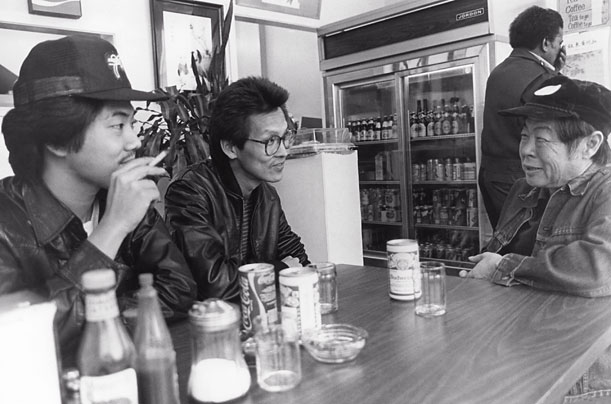
The 1970s witnessed a reinvigorated Chinatown, with the civil rights movement and new waves of American-born advocates and new immigrants adding to the agitation of community rights groups. Through a cacophony of dialects, accents, and background noises, Wang skillfully shows that the earlier film hero Charlie Chan does not represent Chinese America in the 1970s. Wang obscures his subjects by shooting at angles and through windows even as he offers glimpses into a richly textured community framed by competing divides of generations and genders: American-born and immigrants; leftists and rightists; business successes, community activists, and the striving working-classes. Joe and Steve’s banter captures not just their strategizing about how and where to find Chan, but also whether and how Chinese can claim a place in America. If a man of Chan’s abilities and character seems to have fled the United States, what of those with less promise?
“Chan is Missing” was Wayne Wang’s first feature film and still his most enduring. Along with “Dim Sum: A Little Bit of Heart” (1985) it is the most intimate of his movies before he launched into commercially successful hits such as “The Joy Luck Club” (1993) and “Maid in Manhattan” (2002) as well as collaborating on independent films with writers like Paul Auster and Yiyun Li. An early classic of Asian American cinema, it holds up well to multiple viewings.
photos by Nancy Wong
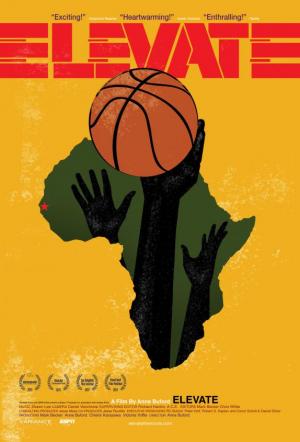 we witness the trials and tribulations of urban youths trying to move beyond the difficulties that they face in their daily lives in Senegal. The documentary begins at the SEEDS Academy, the project of Amadou Gallo Fall, a personnel director for the Dallas Mavericks. Essentially, the SEEDS Academy is described as an attempt to create a boarding school for Senegalese youths to hone their basketball and academic skills and eventually (hopefully) receive a scholarship to play basketball at a prestigious prep school in the US. Beyond this, each of the young Senegalese students profiled in the ESPN funded documentary hope to play college basketball and eventually make their way to the NBA.
we witness the trials and tribulations of urban youths trying to move beyond the difficulties that they face in their daily lives in Senegal. The documentary begins at the SEEDS Academy, the project of Amadou Gallo Fall, a personnel director for the Dallas Mavericks. Essentially, the SEEDS Academy is described as an attempt to create a boarding school for Senegalese youths to hone their basketball and academic skills and eventually (hopefully) receive a scholarship to play basketball at a prestigious prep school in the US. Beyond this, each of the young Senegalese students profiled in the ESPN funded documentary hope to play college basketball and eventually make their way to the NBA. the fact that these students primarily speak French. Some of the most intriguing moments in the documentary involve issues of religion and alienation in the new environments that surround these young students. Both Assane and Aziz are Muslim and it is evident that in both of their respective schools, practicing Islam is not well understood by their peers. This is particularly poignant in a dining hall conversation that Aziz has with one of his schoolmates who knew little about Ramadan, but was curious why Aziz was abstaining from eating during their mealtime. We later see Aziz breaking fast alone in his dorm room. Buford also captures a sense of Assane’s religious isolation in her juxtaposition of school-wide church services in the religiously-affiliated prep academy and his solitary prayer sessions in his dorm room. Despite these difficulties, at one point, Dethie lands a position at the same school as Assane. As a result, Assane is able to guide him through such a large cultural, physical, and mental transition. In the end, we are left with a bittersweet message of hope. All of the students in the documentary continued their education in the United States and played basketball at the college level at schools ranging from Carroll College in Montana to the University of Virginia where Assane was a starting center.
the fact that these students primarily speak French. Some of the most intriguing moments in the documentary involve issues of religion and alienation in the new environments that surround these young students. Both Assane and Aziz are Muslim and it is evident that in both of their respective schools, practicing Islam is not well understood by their peers. This is particularly poignant in a dining hall conversation that Aziz has with one of his schoolmates who knew little about Ramadan, but was curious why Aziz was abstaining from eating during their mealtime. We later see Aziz breaking fast alone in his dorm room. Buford also captures a sense of Assane’s religious isolation in her juxtaposition of school-wide church services in the religiously-affiliated prep academy and his solitary prayer sessions in his dorm room. Despite these difficulties, at one point, Dethie lands a position at the same school as Assane. As a result, Assane is able to guide him through such a large cultural, physical, and mental transition. In the end, we are left with a bittersweet message of hope. All of the students in the documentary continued their education in the United States and played basketball at the college level at schools ranging from Carroll College in Montana to the University of Virginia where Assane was a starting center.
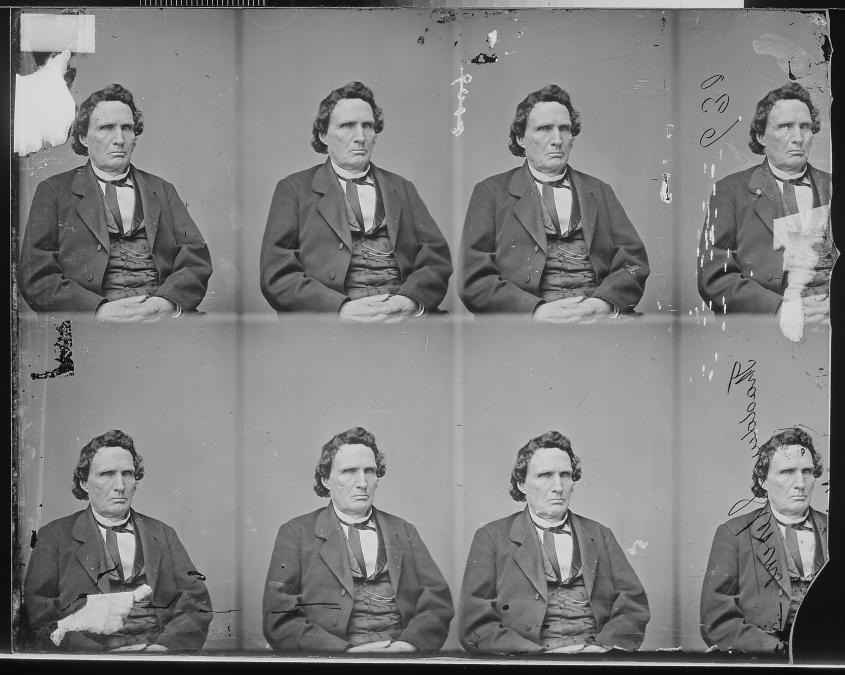
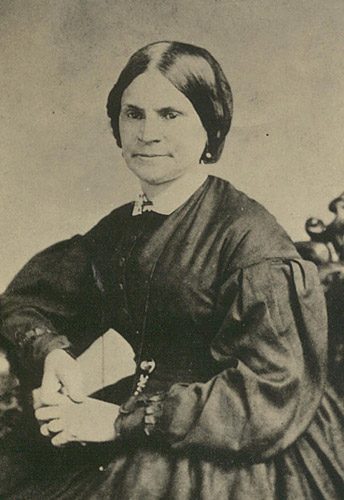
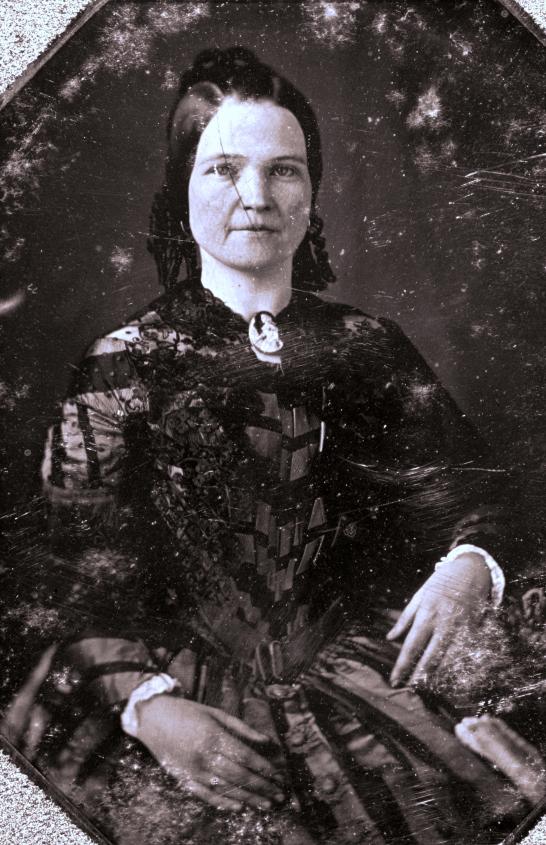
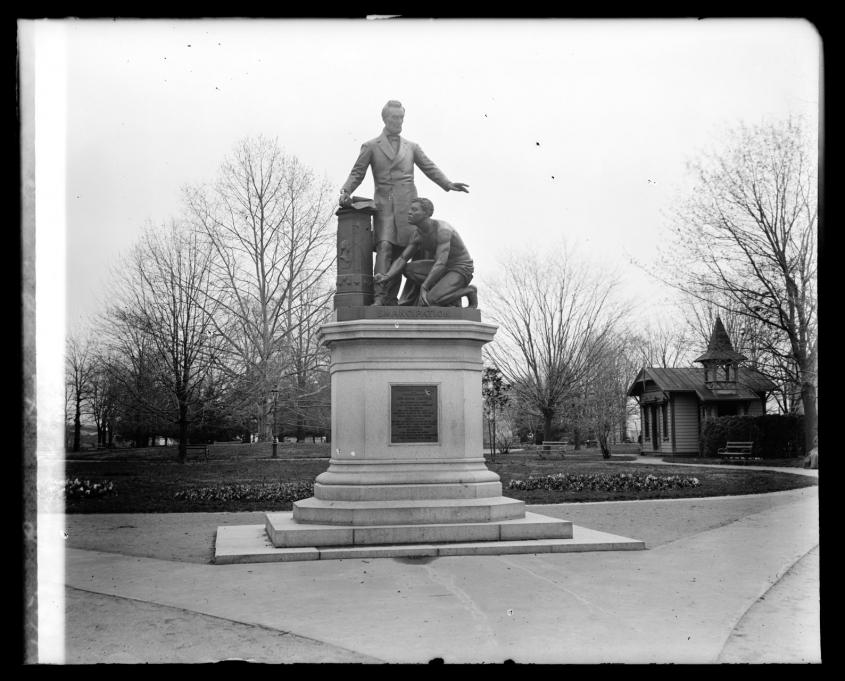
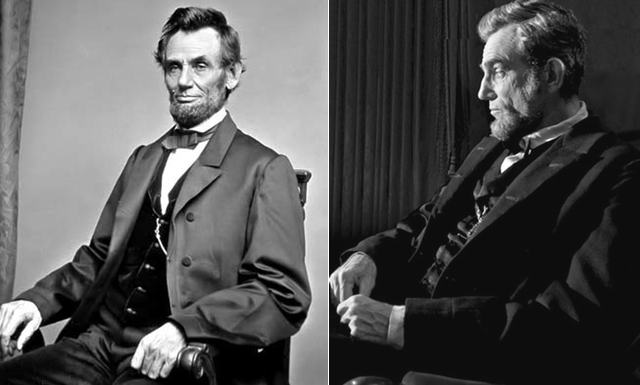
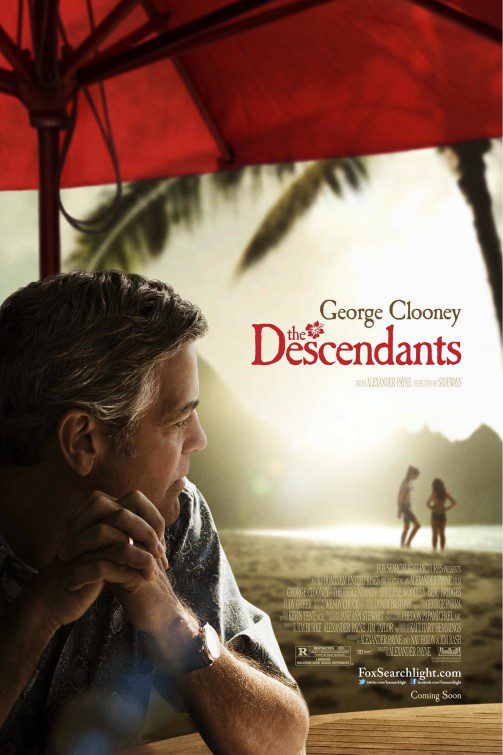

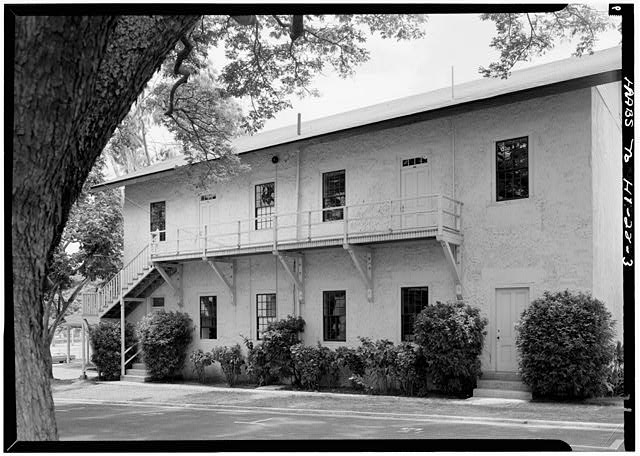

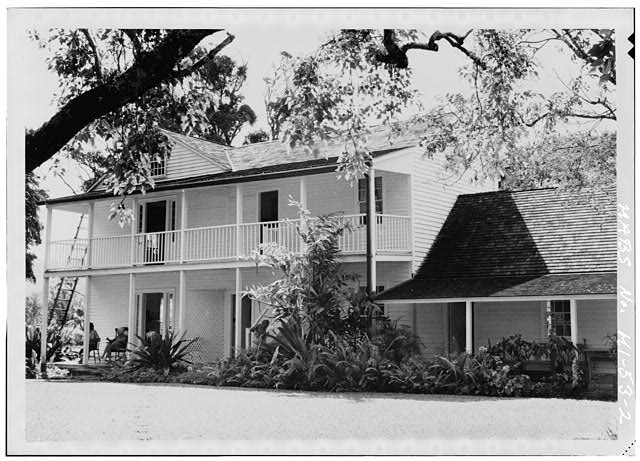
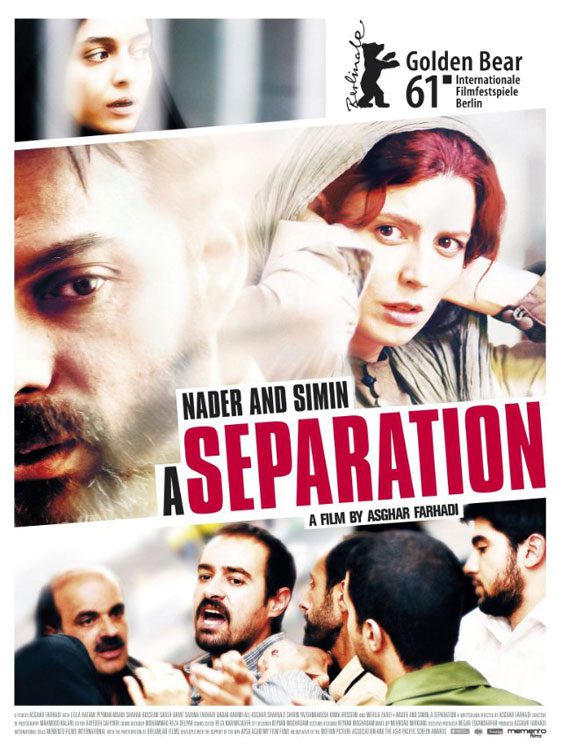 As is indicated by the title, the film focuses on the separation of Nader and Simin, an affluent couple residing in Tehran. Simin wishes to escape Iran’s repressive society and move to Canada, which she believes is a more suitable environment to raise their daughter, Termeh. Nader refuses to leave under the pretext that he must stay in Iran to take care of his elderly father who is suffering from advanced Alzheimer’s disease. Their situation is further complicated by Razieh, a devout Muslim woman from the lower economic class, who is hired to help care for Nader’s father. Numerous financial and personal conflicts pit the well-off Nader and Simin against Razieh and her unemployed, debt-ridden husband, Hojat.
As is indicated by the title, the film focuses on the separation of Nader and Simin, an affluent couple residing in Tehran. Simin wishes to escape Iran’s repressive society and move to Canada, which she believes is a more suitable environment to raise their daughter, Termeh. Nader refuses to leave under the pretext that he must stay in Iran to take care of his elderly father who is suffering from advanced Alzheimer’s disease. Their situation is further complicated by Razieh, a devout Muslim woman from the lower economic class, who is hired to help care for Nader’s father. Numerous financial and personal conflicts pit the well-off Nader and Simin against Razieh and her unemployed, debt-ridden husband, Hojat.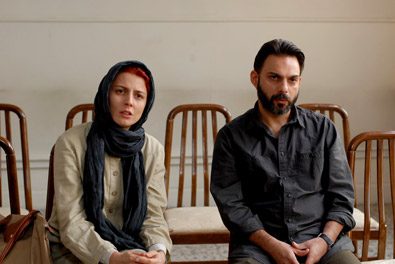
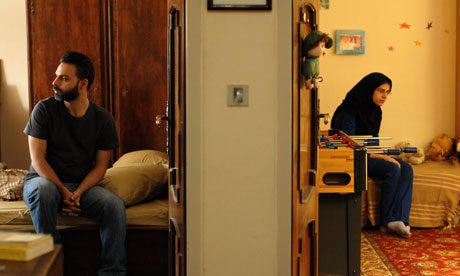

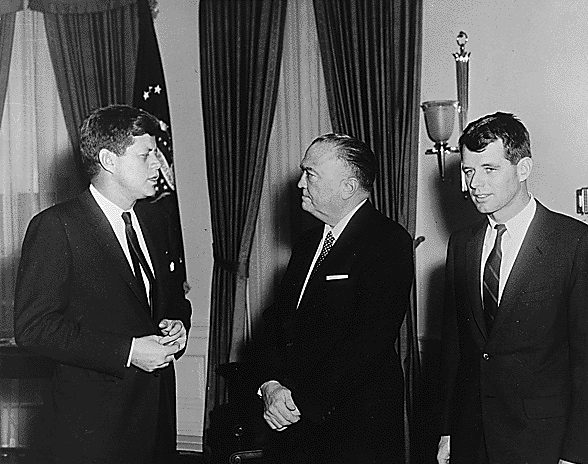
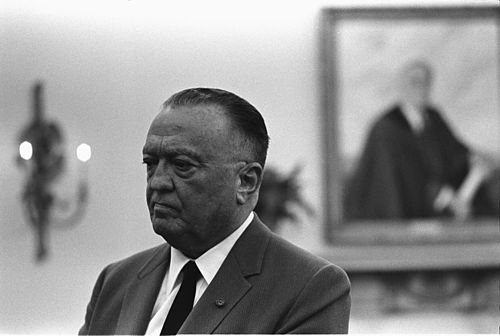
 Guatemala. Denese and her adopted family travel to Guatemala, where she discovers she is Dominga Sic Ruiz, a survivor from a 1982 Guatemalan massacre in which both her parents were murdered by the Guatemalan military. The documentary recounts how Denese rediscovers her own identity as Dominga—an Achí Maya woman, and the horrendous political context that led to her being put up for adoption in the United States.
Guatemala. Denese and her adopted family travel to Guatemala, where she discovers she is Dominga Sic Ruiz, a survivor from a 1982 Guatemalan massacre in which both her parents were murdered by the Guatemalan military. The documentary recounts how Denese rediscovers her own identity as Dominga—an Achí Maya woman, and the horrendous political context that led to her being put up for adoption in the United States. By
By 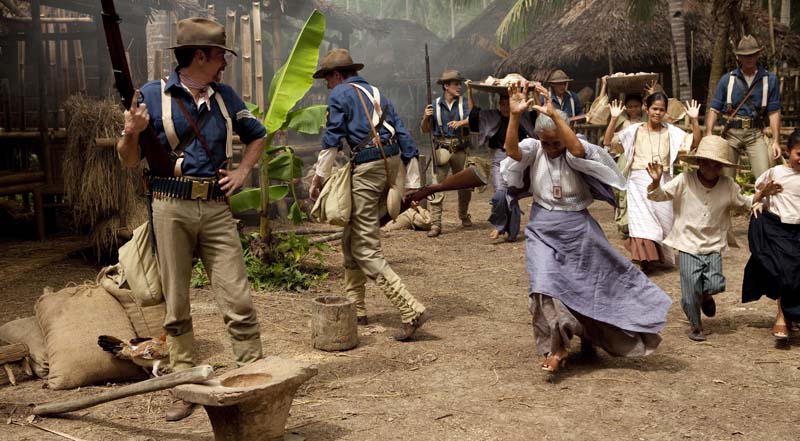

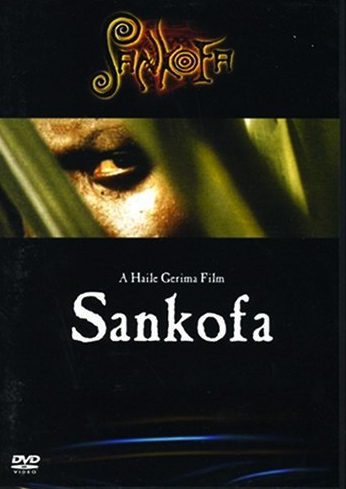 By
By